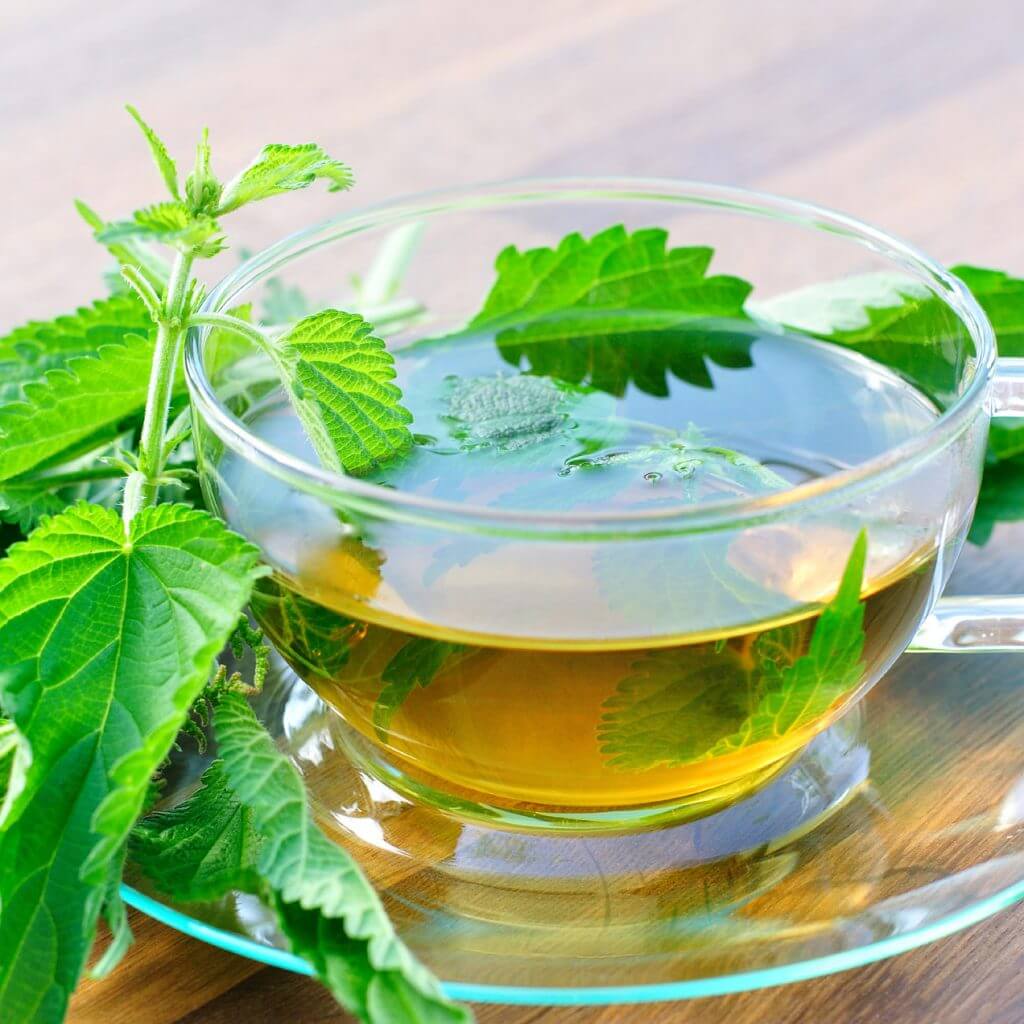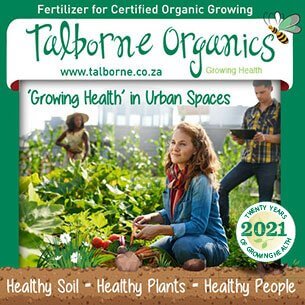Some might say its a pest, but for those who pay attention, the Stinging nettle is a marvellous medicinal plant.
Identifying the Stinging nettle.
Stinging nettle Urtica dioica (perennial) and Urtica urens (annual) It is called brand netel in Afrikaans. Both are of the Urticaceae family. From the Latin – uro – to burn. The common name nettle is thought to originate from Anglo Saxon and also Dutch, netel – noedl (a needle) hence the sting. There are many other species throughout the world.The Urtica dioica can grow up to the height of almost 2 meters and have a circumference of a meter. In fact, if left unchecked it will just take over the entire garden, hence it is considered a weed. How very sad that is.The entire plant is covered with stinging hairs, especially on the stems. So, this is one to be handled with care. It is advisable to wear gloves. The leaves are bright green, oval-shaped and deeply indented. The flowers are small and white and grouped in clusters. In the case of the annual, one hardly sees the minute flowers before the seeds appear. Obviously the annual will then die and new seedlings will appear in due course. The perennial plant has a very strong root system and multiplies easily. The flowers are both male and female.How to grow the stinging nettle (Urtica dioica – perennial) and (Urtica urens annual).
It can be propagated by slip, seed or root. The Urtica urens can reach a height of up to 500mm. It is propagated by seed.Both plants prefer full sun and damp soil with good nitrogen content. They are both, in fact, nitrogen-fixing plants for the soil and are wonderful companion plants as they increase the flavour and taste of the plants growing around them, increasing the essential oil content of the plants, too. They make an excellent plant mulch and can also be used for green manuring. Both species are very good bed companions for broccoli and will ensure a larger crop of tomatoes if planted in between them.Harvesting of the plants can be done throughout the year, but the plant properties are the strongest in Autumn. The dioica is the one which is better known and has been used, throughout the world, as the plants are larger and grow more prolifically.Interesting information about the Stinging nettle
The plants have been highly esteemed for all of their usages since the 1400s. The Romans took the Urtica piluifera plants (Roman nettle) to Britain as it was used as a `flogging herb’. The soldiers would hit themselves with it to ward off the cold, the sting is caused by the formic acid in the leaves. This encourages the blood flow in the body. Stinging nettles have actually been used since the Bronze age.From Great Britain there they were taken worldwide. Crops were widely grown in Denmark, Norway and Scotland and the plant material was dried, later it was soaked and then prepared and make into fabrics. Ranging from very fine linen to coarse sailcloth and a very strong cord for making fishing nets. Only later was there a changeover to flax and hemp to make these fabrics. Now there is also bamboo. In Ireland and Scotland it was also widely used as a vegetable and drunk as a beverage. The Irish also used the plant for cloth making. France also used the dried plant material for paper making. In South America is was primarily used for healing purposes. It was/is still used in the manufacture of by-products such as sugar, starch, ethyl alcohol and protein powder. Uniforms dating from the First World War have been found in Germany made from the nettle fibre. Also documents stating that it took 40kgs of the nettle to make one shirt, and that Nettle fibre was the only true replacement for cotton.It is also recorded in animal healing and health. The seeds from the plants were fed to chickens to stimulate the production of eggs from the hens. The dogs were occasionally given the dried seeds mixed in their food to give them shiny pelts and help to prevent the onset of rheumatism in their old age. The seeds were also a restorative tonic for older horses. Ducks and geese had dried chopped nettle leaves added to their food. Diary cattle and sheep were fed the seeds to stimulate their milk production. Nettle is a very strong medicinal herb and especially in the case of horses, it should not be given in excess. Always discuss this first with your local vet.It is still widely used today in that, the fresh leaves will keep flies away, so sprigs can be hung in sables, hen houses, barns etc., but not where they can be grazed on. If growing near bee hives they have been known to keep the frogs at bay.Hair and beauty: a strong tisane or a decoction, as described in the Dandelion article, is an excellent hair lotion. An very good conditioner can be made based on apple cider vinegar. This is good for lifeless and falling hair and also alopaecia.The fresh plant is used as a green dye for all-natural products, i.e. cotton, pure linen, silk, pure wool, paper etc.The nettle plant is also a compost activator and good liquid fertiliser for all plants. Fill a bucket with the fresh plant material. Pour over hot water to fill the bucket. Put a lid on and allow this mixture to stand and ferment for two weeks. Stir it occasionally. Strain the mixture, putting the residue on the compost heap. Dilute to a 1: 20 solution and water your plants and vegetables. Make a new batch as is needed, as it will not keep for long.Folklore, there were many superstitions with this plant, as well. In days of yore when there were storms, the nettle was added to the fire to avert danger and protect the folks from lightening. Small bundles were carried on the person to drive away evil and also harmful spirits. WARNINGS: for those suffering from diabetes and/or high blood pressure as it can react with certain inflammatory medications and also sedatives. NEVER just replace your allopathic medications or try to self medicate. If you do decide to drink one cup of tea about three times a week, as a general tonic, then watch for potassium levels as it is a diuretic, eat bananas and fresh vegetables daily to keep these levels as they should be.It is extremely important to note, that herbs can also be dangerous. Do not attempt self-medication and always consult with a qualified practitioner if you are on allopathic or homoeopathic medication. As has been said by the Herbalists of old `Everything is poisonous, nothing is poisonous.’How to use the stinging nettle (Urtica dioica – perennial) and (Urtica urens annual).
Ironically, the fresh sap from the plants themselves, is a natural antidote for the sting! In many countries, the Dock plant – rumex family – is found growing wild as the natural companion plant for the sting of the nettle. It is bruised and rubbed onto the affected area. Here in South Africa, I recommend the Bulbine frutescens, or latifolia/Natalensis. Please note this our own indigenous plant. It is bulbine and not bulbinella as stated in some books. You can use either the yellow or orange-flowered species. If you intend having stinging nettle in the garden, then I suggest that you plant a bulbine in close proximity, especially if there are smaller children in the home. Just squeeze out that wonderful healing gel from the tubular leaves straight onto the affected area. There will be immediate relief. Certain folks might experience a severe allergic reaction on their skin to the hairs of the nettle plants. See the one photograph in this article. There is little or no sting in the dried plant material.Health : nettle plants contain tannins, vitamins A and C, histamine, chlorine, formic acid, iodine, magnesium, potassium, silicon sodium and iron.Medicinal: Stinging nettle is an amazing blood builder and blood cleanser. Hence it is a good spring tonic. Good for anaemia and poor circulation. Because of this it was also used to try and prevent amputations due to gangrene. It was/is also used for gout, arthritis, rheumatism. Hay fever, osteoporosis, prostatic enlargement, it is an anti inflammatory, has antiseptic properties, used for allergies, asthma, burns, kidney stones, wounds, anaemia, iron deficiency, good for colon and urinary disorders, haemorrhoids, nephritis, cystitis, diarrhoea, internal parasites and worms. It improves the mucous condition of the lungs, helps with goitre ailments, is inflammatory and good for pain relief. It can increase milk in nursing mothers, can lower blood sugar, it is a light laxative and diuretic. It is an astringent, can be used as a snuff powder to stop nose bleeds, the cooked mashed leaves act as a poultice for eczema. It has been used for diminished sex drive as it keeps testosteron in an active form for both males and females. May help in the case of Lupus.Culinary: the young leaves are cooked, before the flowering period, as a spinach replacement. Roots are prepared in autumn and winter as a root vegetable, as with parsnips and turnips.Nettle beer and wine are well known overseas, just like the Dandelion wine. The leaves are used to curdle milk, there is a stinging nettle cheese, the leaves are also wrapped around the cheeses in preserving them. Nettle has been used to make puddings, there are delicious potato and nettle soups. The leaves can be cooked and pureed like spinach and served topped with a poached egg. Nettle pesto can also be made. In all cases use the younger leaves and wear a pair of gloves to handle them.Stinging Nettle is also used to make a Flower Essence Remedy. This is psychosomatic healing. It is for cold and angry people. Those who are prone to be cruel and spiteful. As a medication, it helps to release these feelings, cleansing the inner toxins and reducing the stress levels of the person. It can be used for at home and in the workplace.Nettle Herb tea. When making a cup of herb tea from fresh or dried leaves, this is called a tisane. If using fresh then the equivalent of two-level teaspoons is all that is needed. Or half the quantity of the dried herb. Pouring boiling water straight from the kettle can also interfere with the working and healing properties of the plant. It is far better to boil the water, allow it to stand in the kettle for 2 to 5 minutes, and then pour it over the plant material in the cup. Stir and allow to stand for about two minutes. Then remove the plant. If there are droplets of plant oils floating on top, that means it is possibly too strong and should be diluted with more water. Milk and sugar are never added to herb teas. Only ever pure honey if a sweetener is required. Then it is very important to sit down comfortably and enjoy your cup of tea. This is when it works the very best.If making a cup of tea from the fresh or dried root, again the quantity for the dried will be half the quantity as for the fresh, , and the powdered herb will be even less. This is then called a decoction. The herb is put into an enamel, glass or stainless and cold water is added. Then it is best to allow this to stand overnight and then this is brought slowly to the boil, , and simmered as given above. Again allowing to cool extracts the maximum properties from the plant material. Strain and drink as given above. It is hardly ever necessary to have more than one cup of any herbal tea a day.Finally a poem about Stinging Nettle from Aaron Hill 1685-1750.
Tender handed stroke a nettle
And it stings you for your pains,
Grasp it like a man of mettle
And it soft as silk remains.
Article contributed by:
Patsy Vergeer from patsy’s potions and the herb and indigenous plant guild.
Visit her here.
 |






























